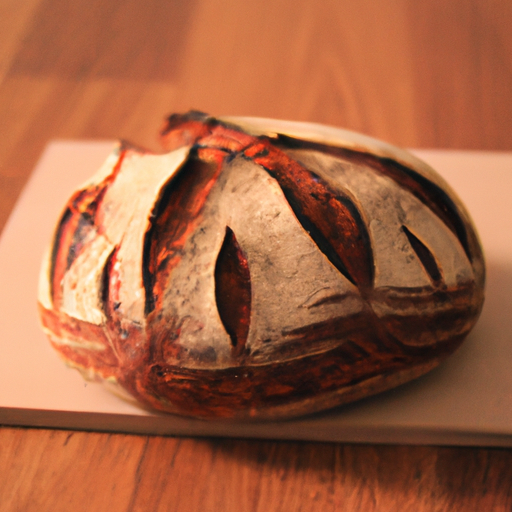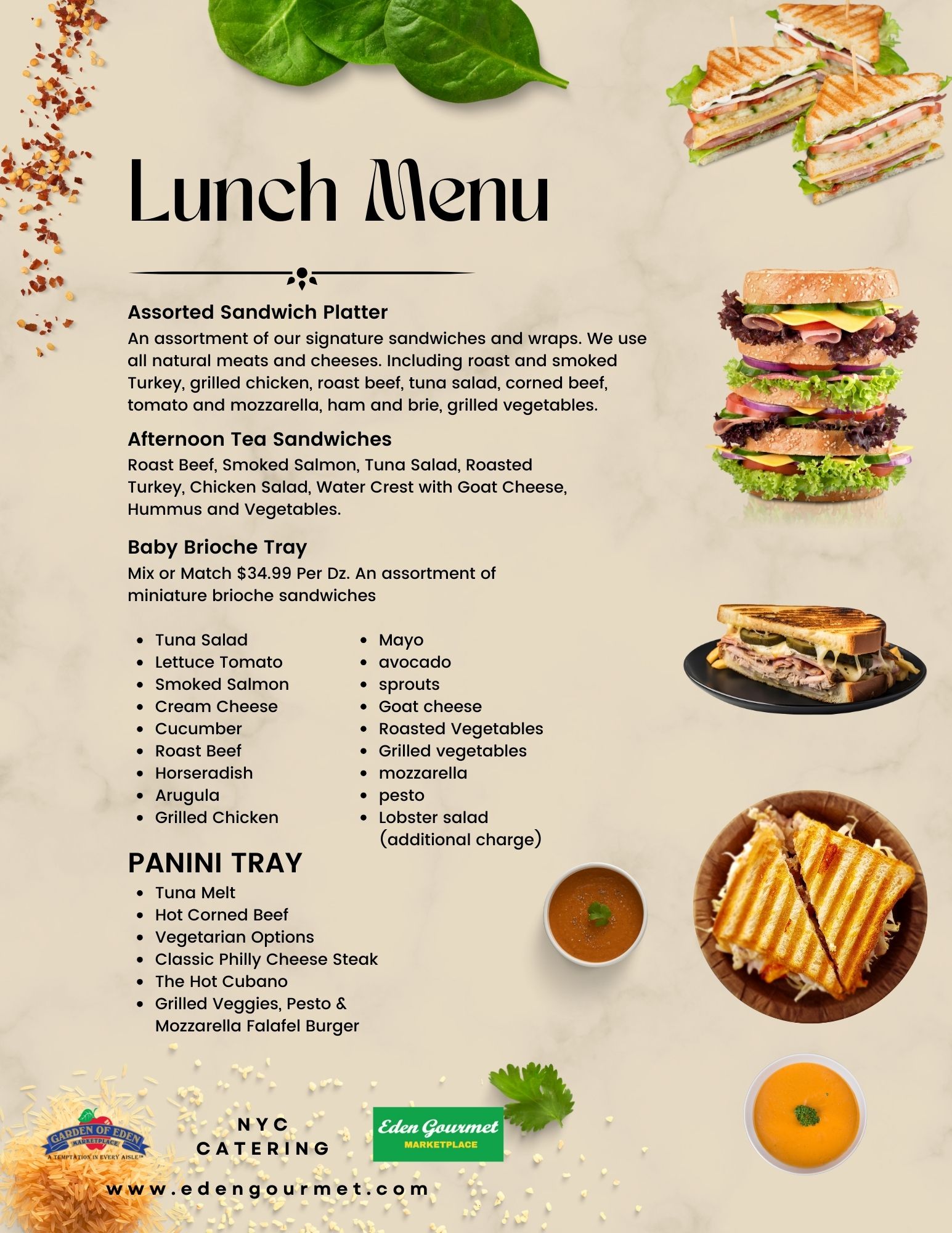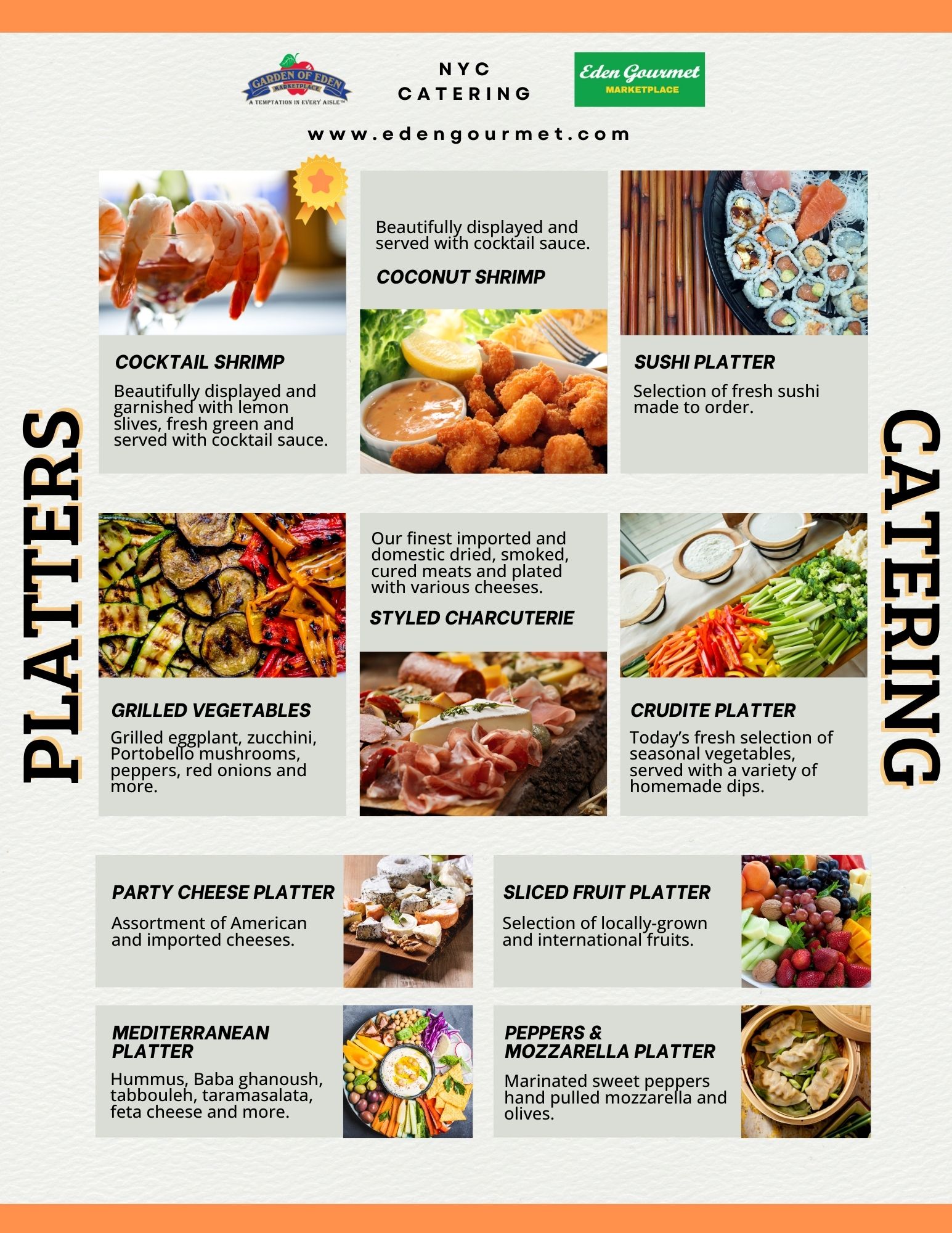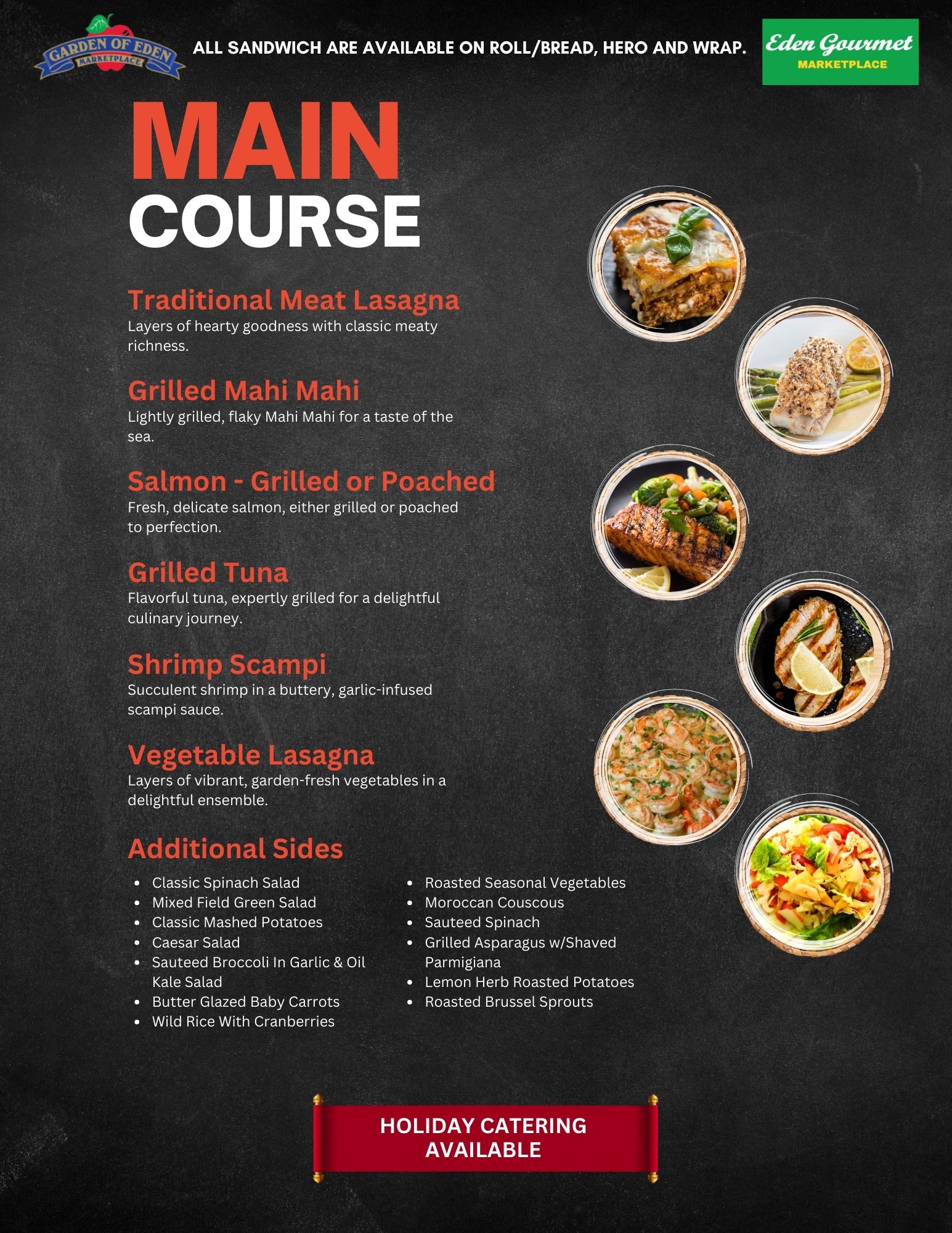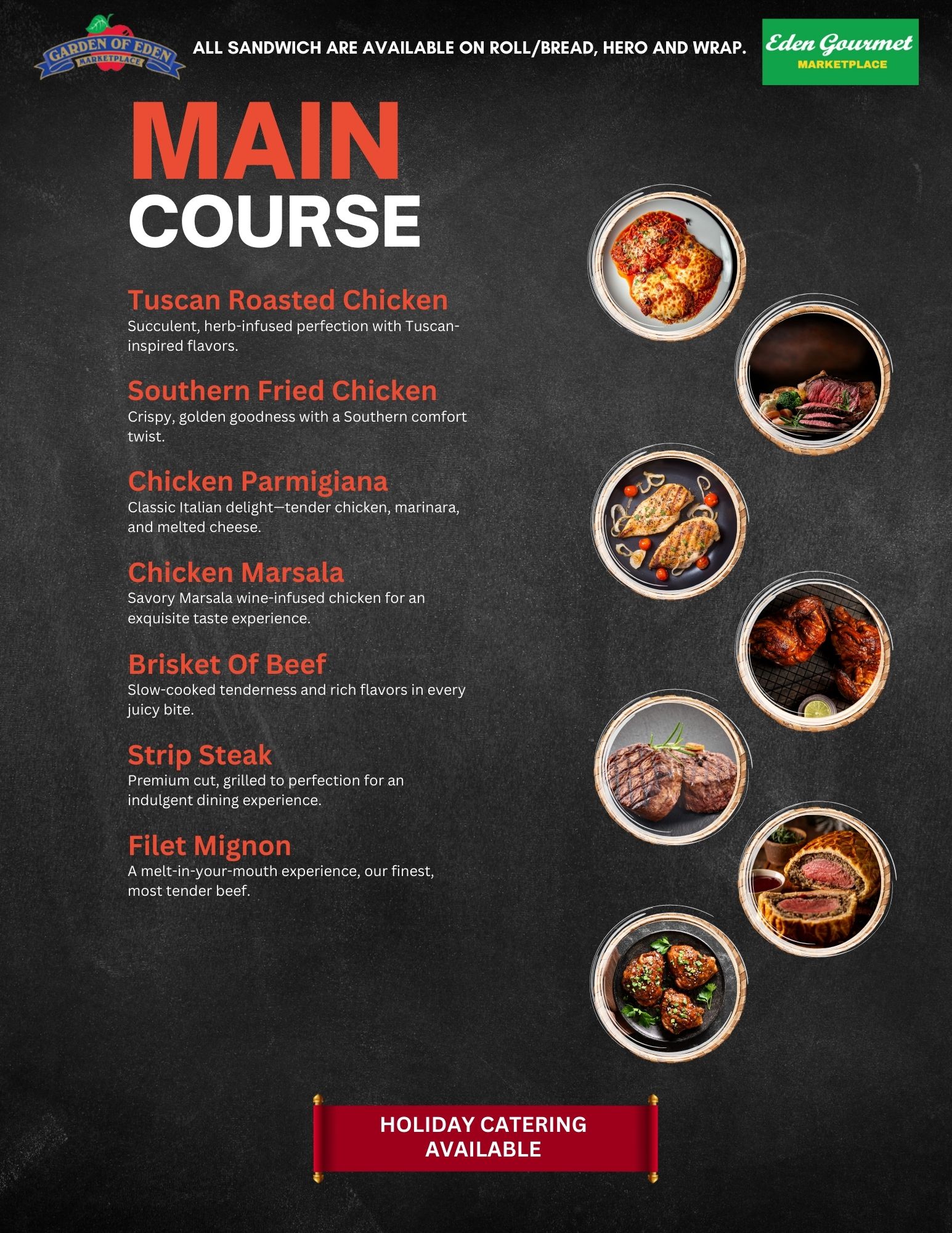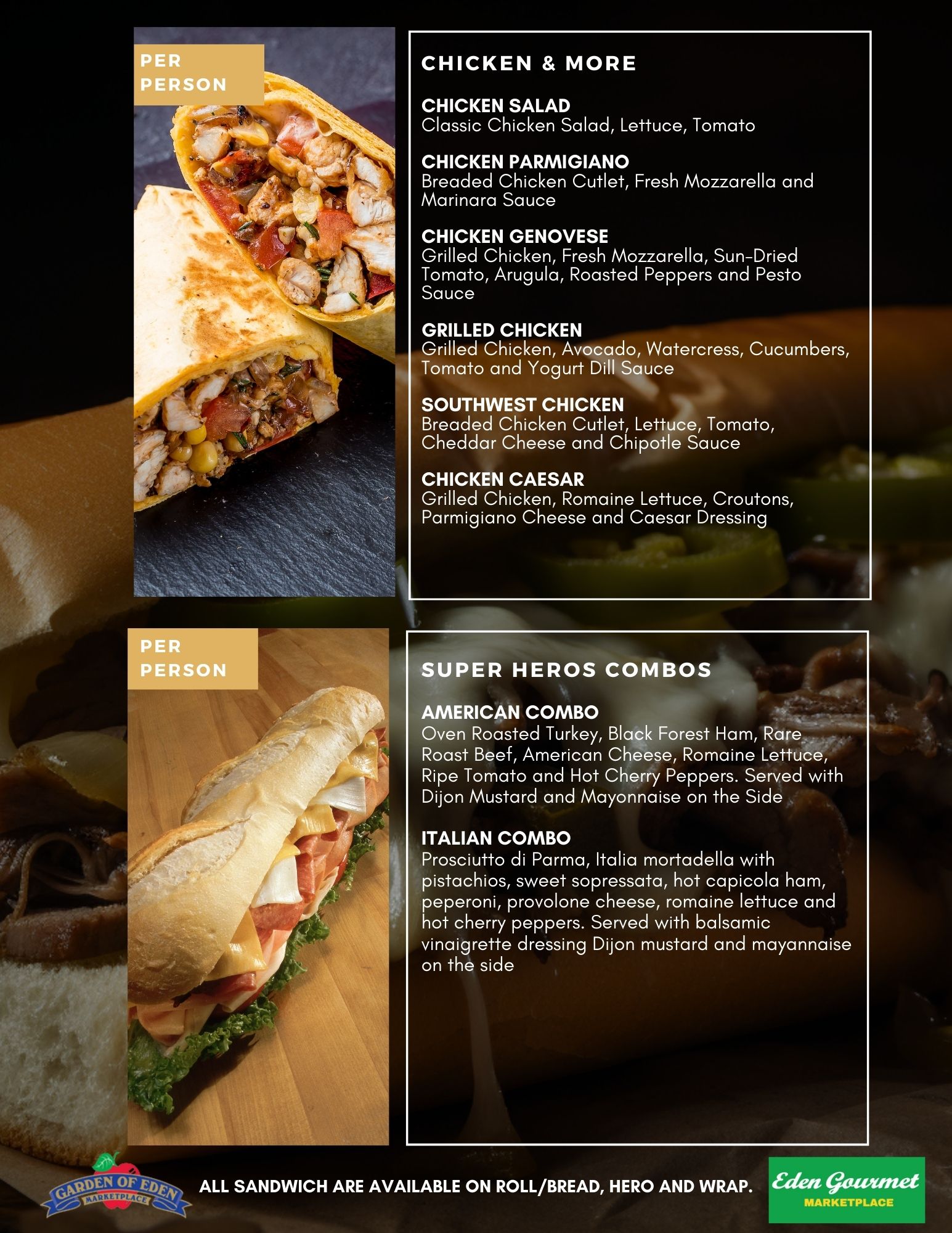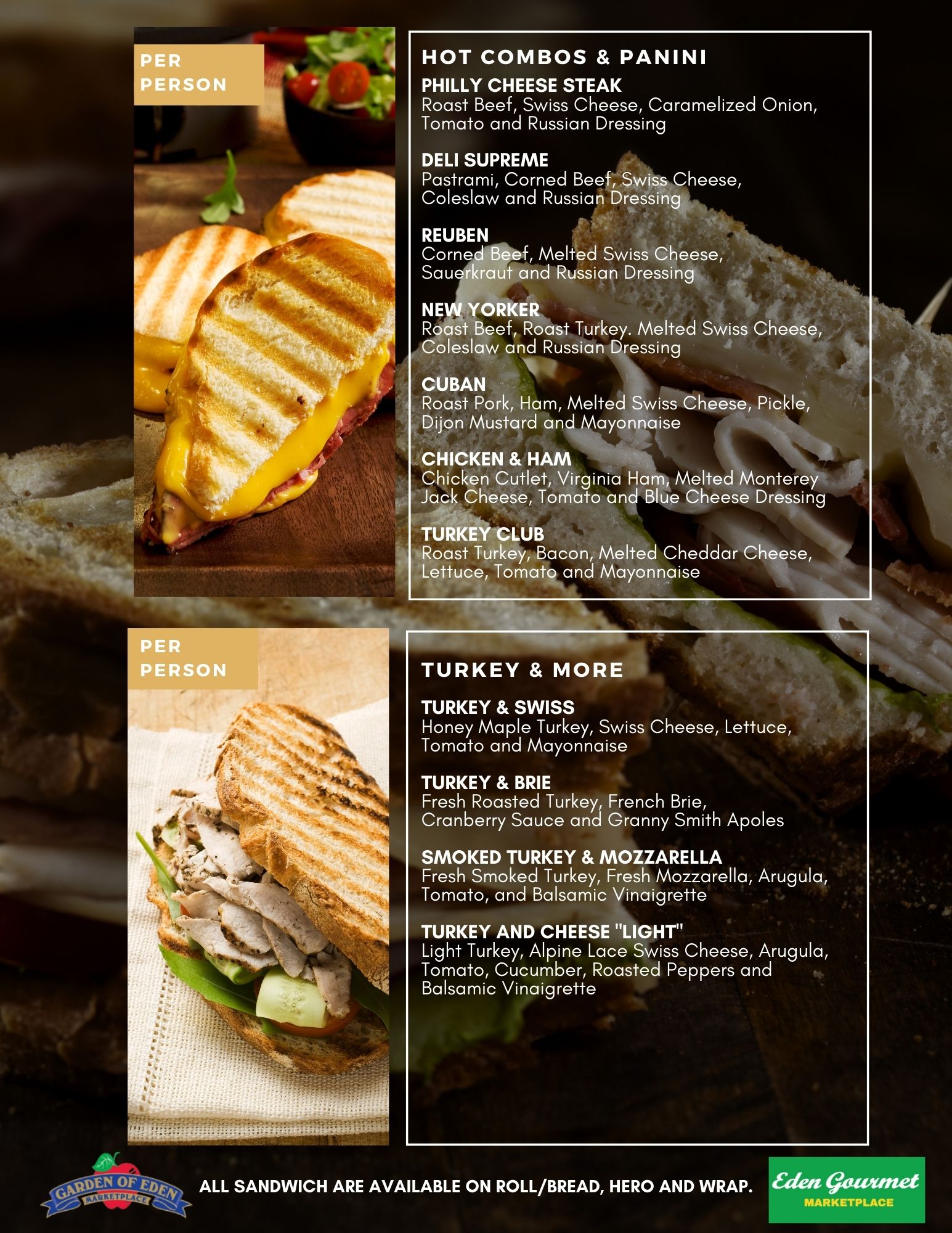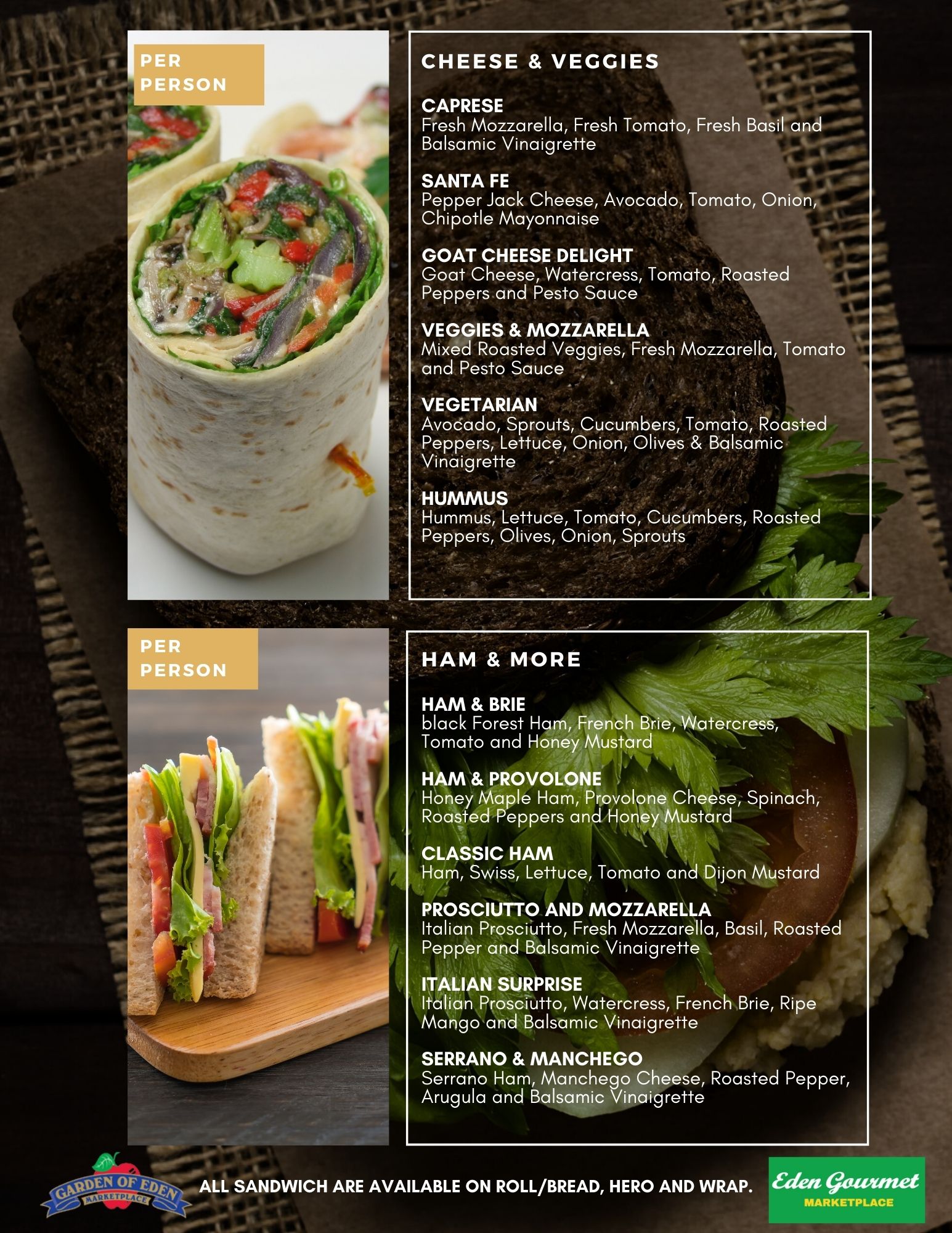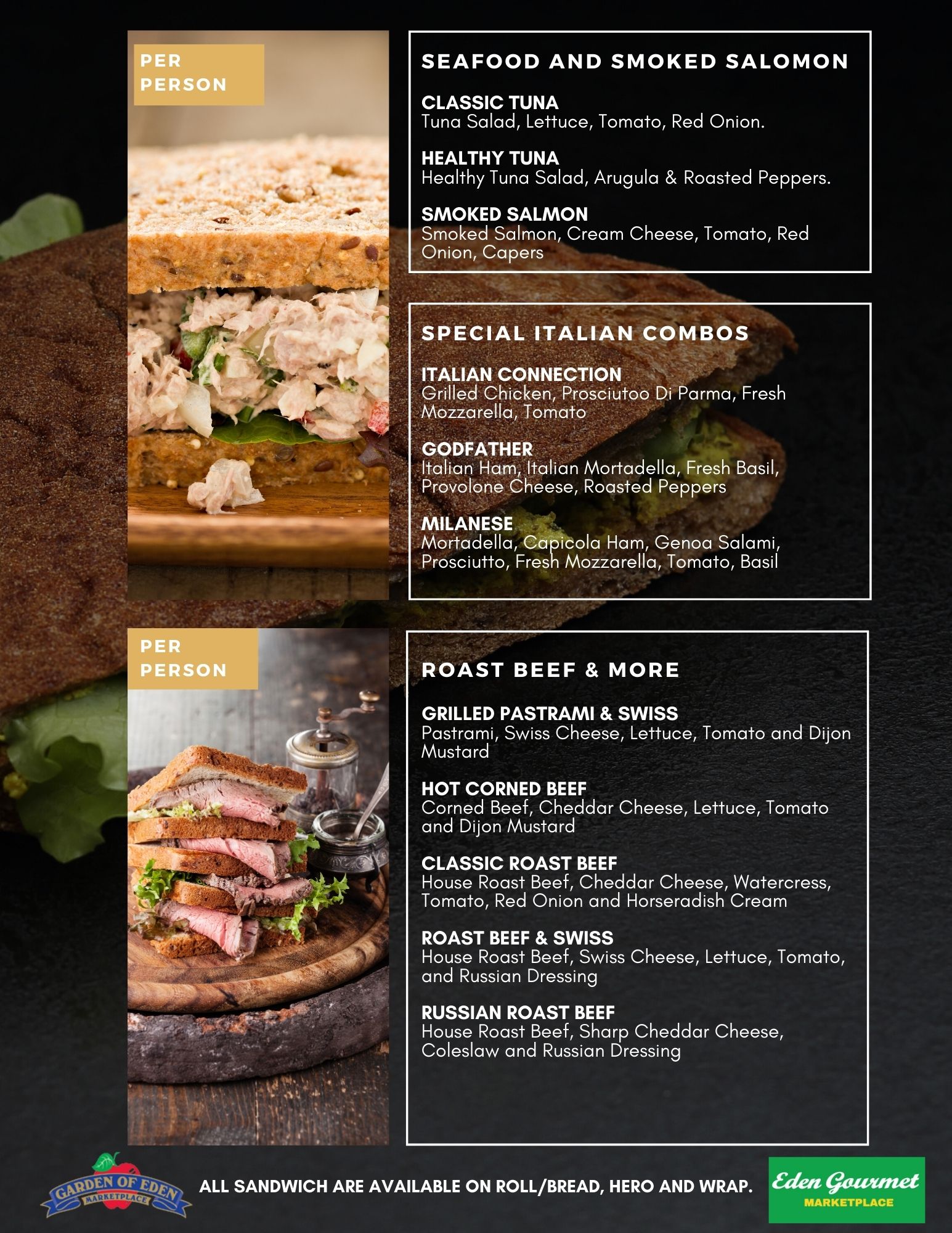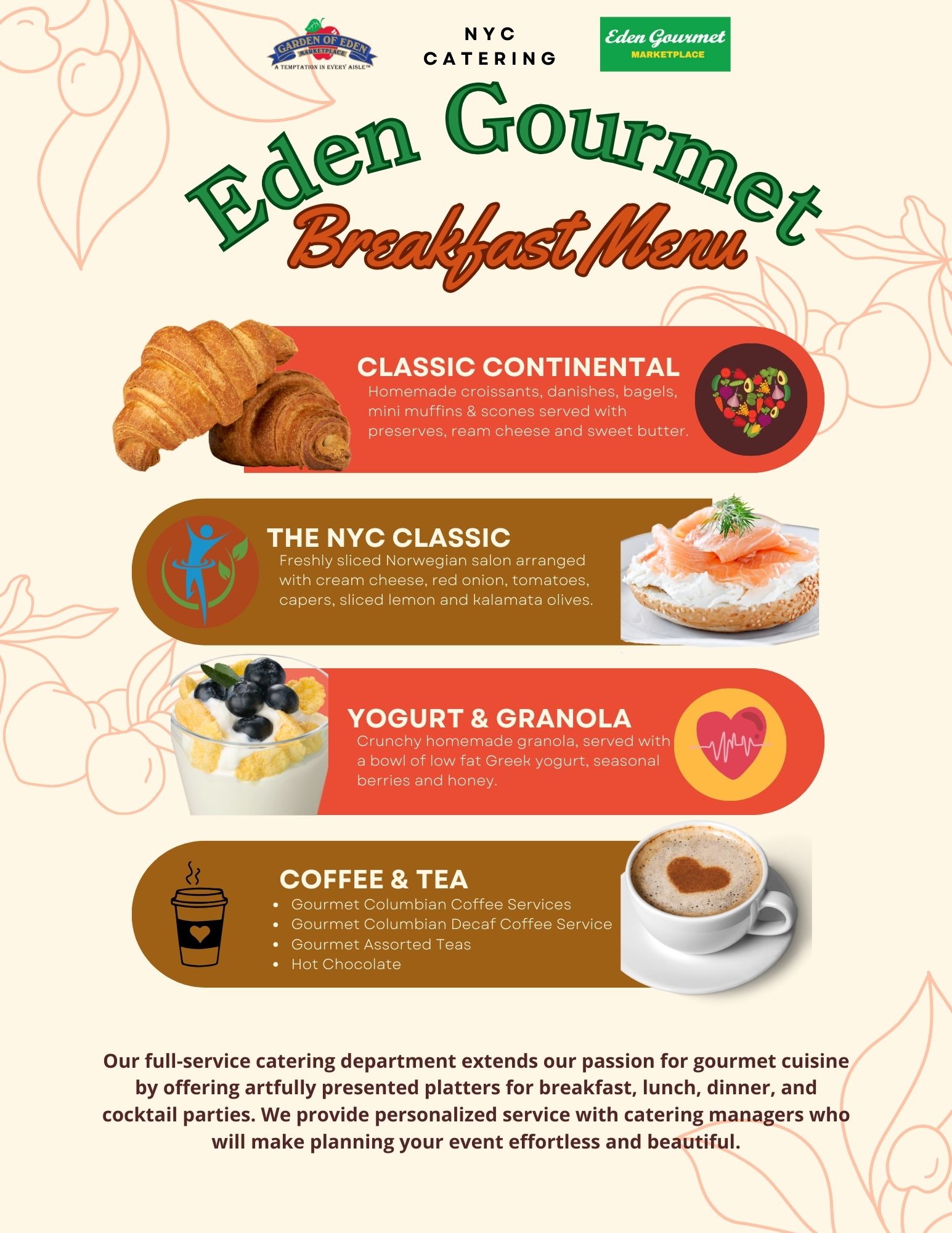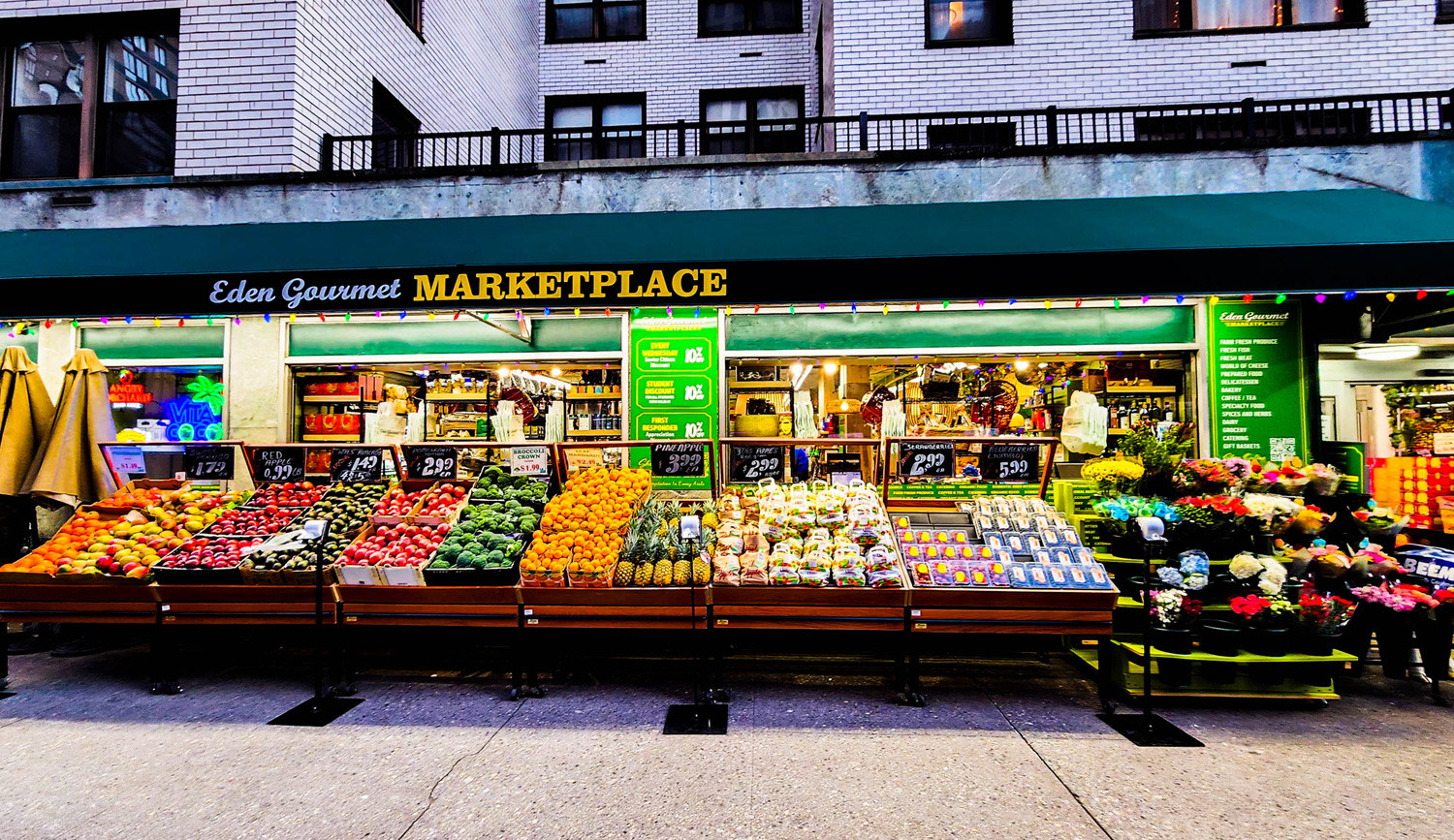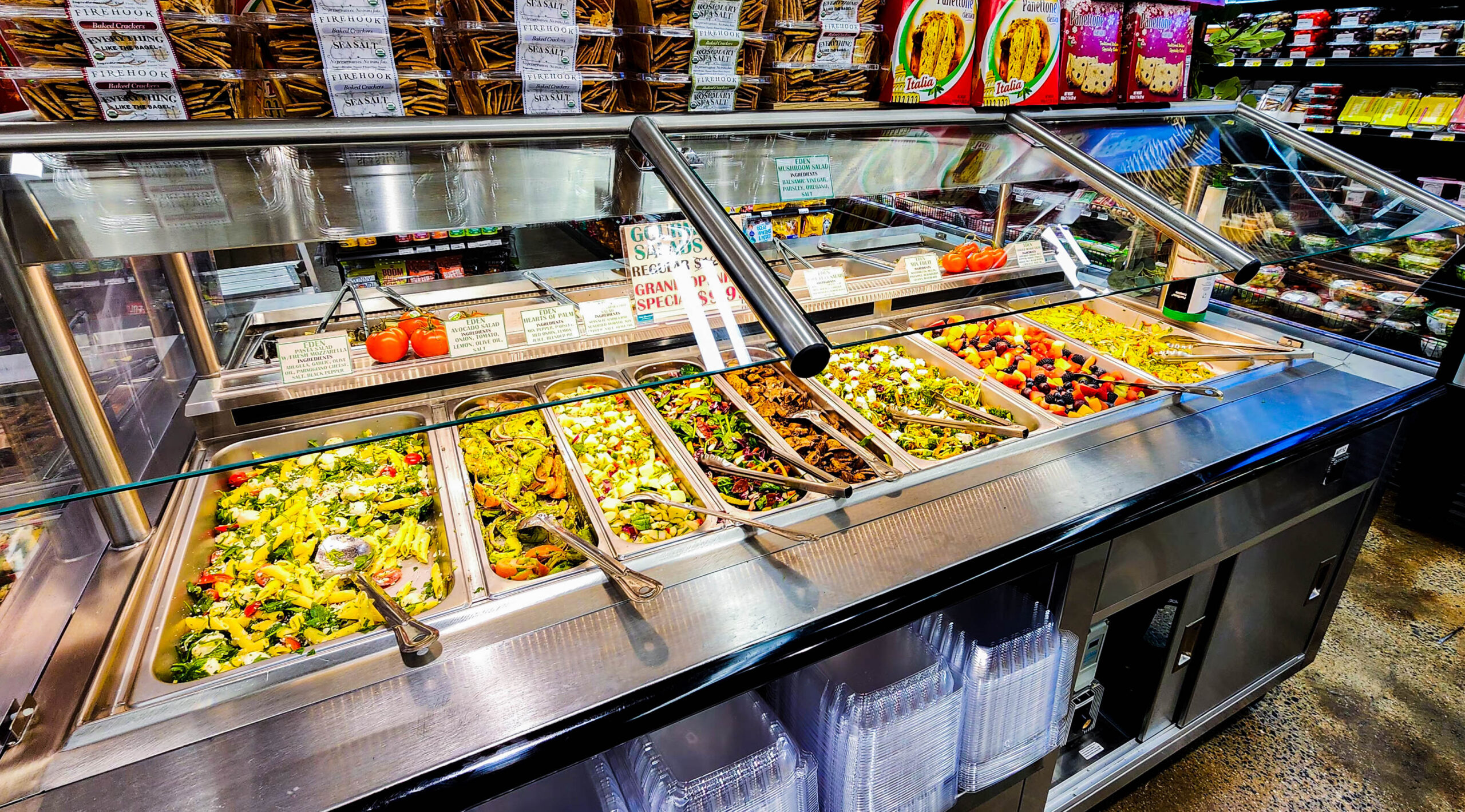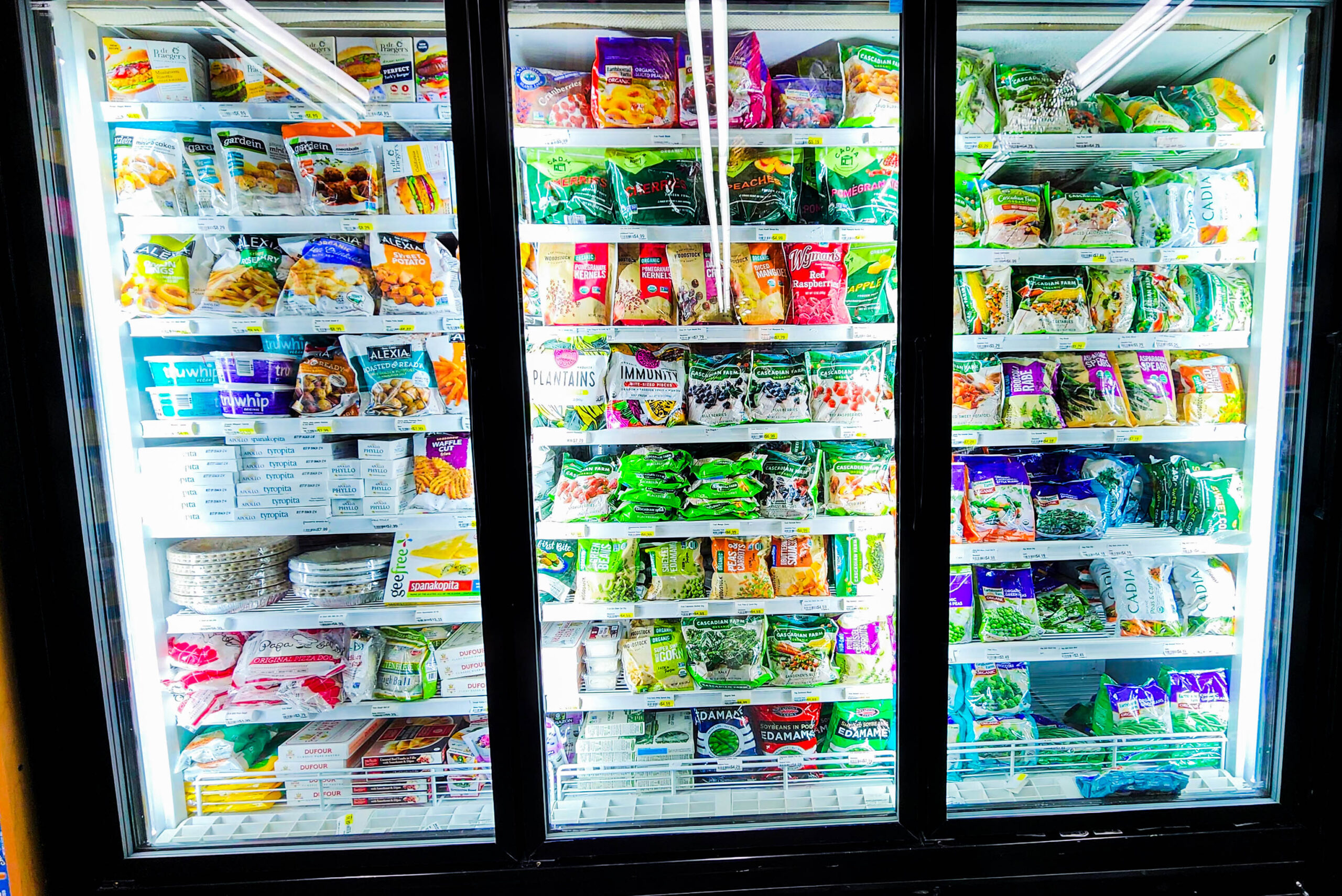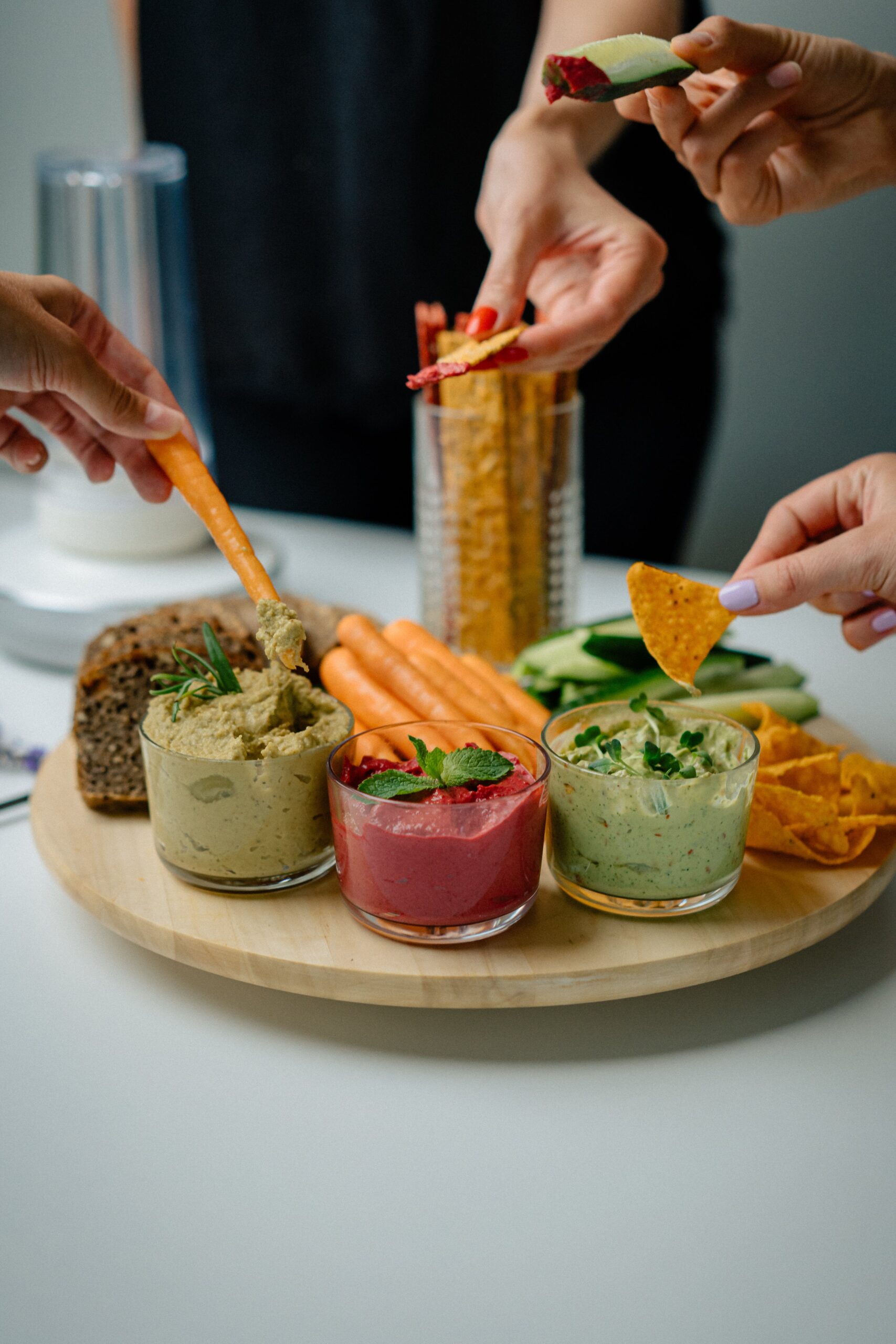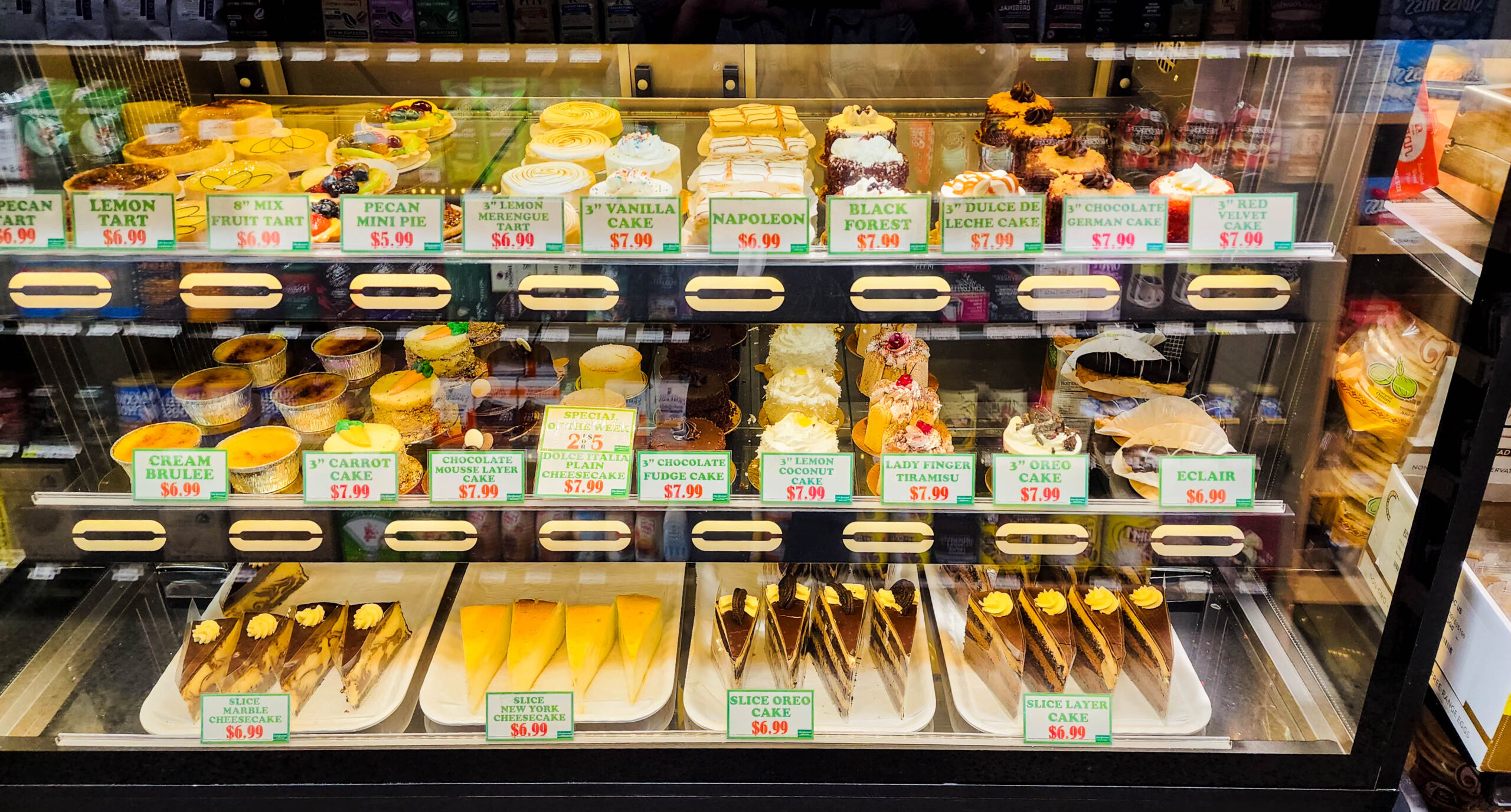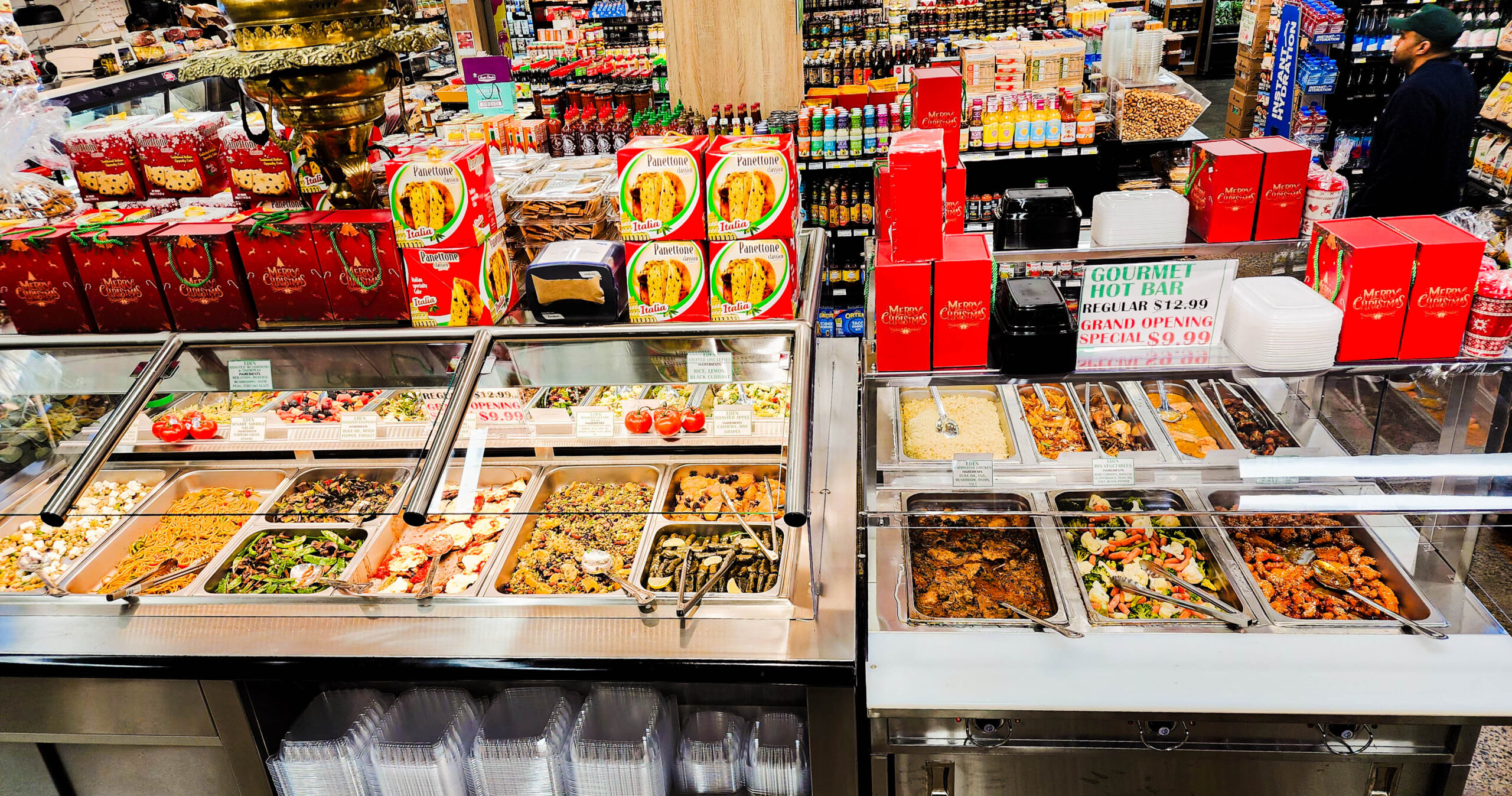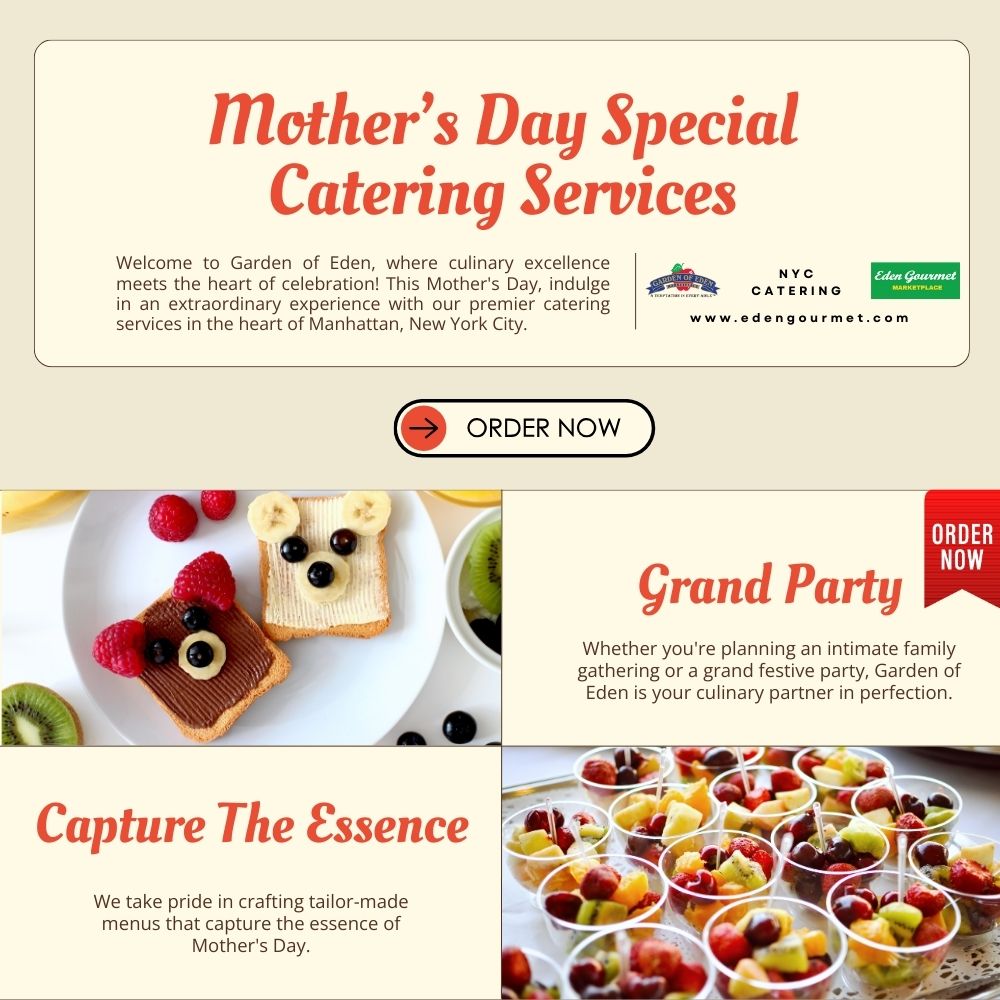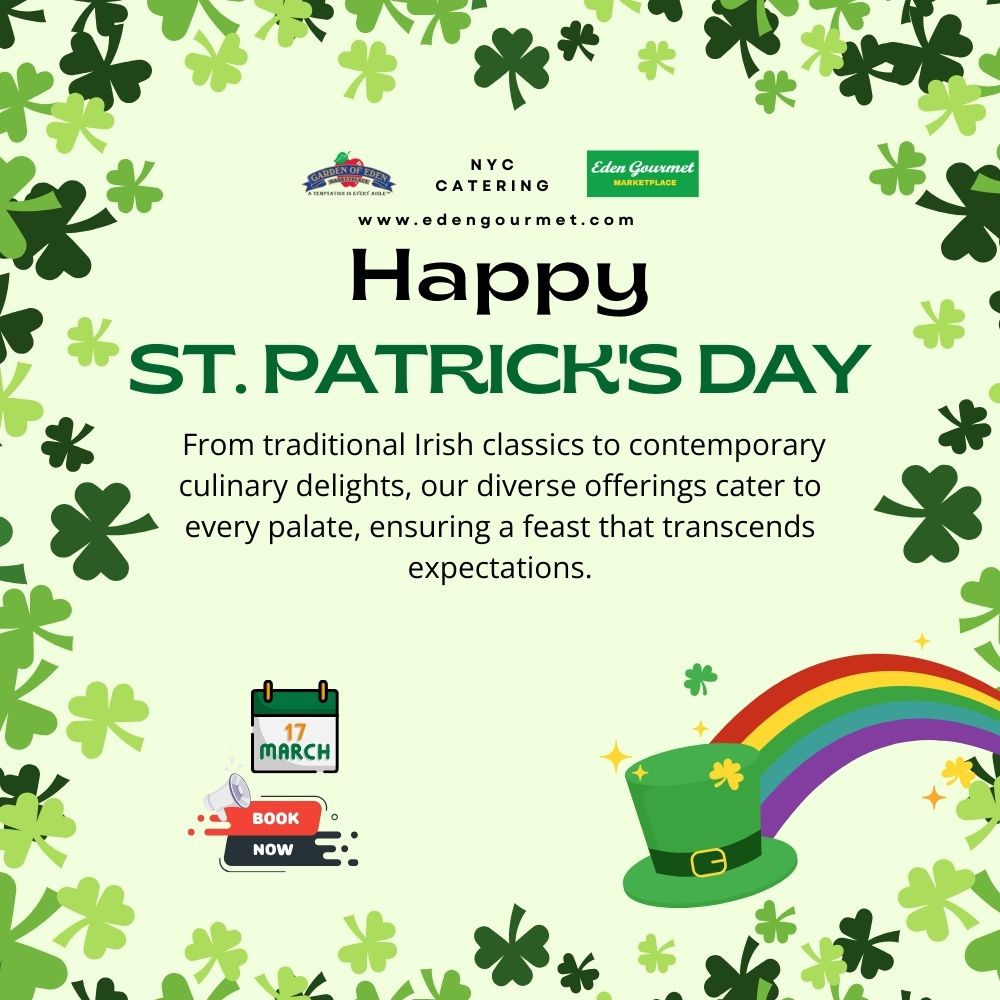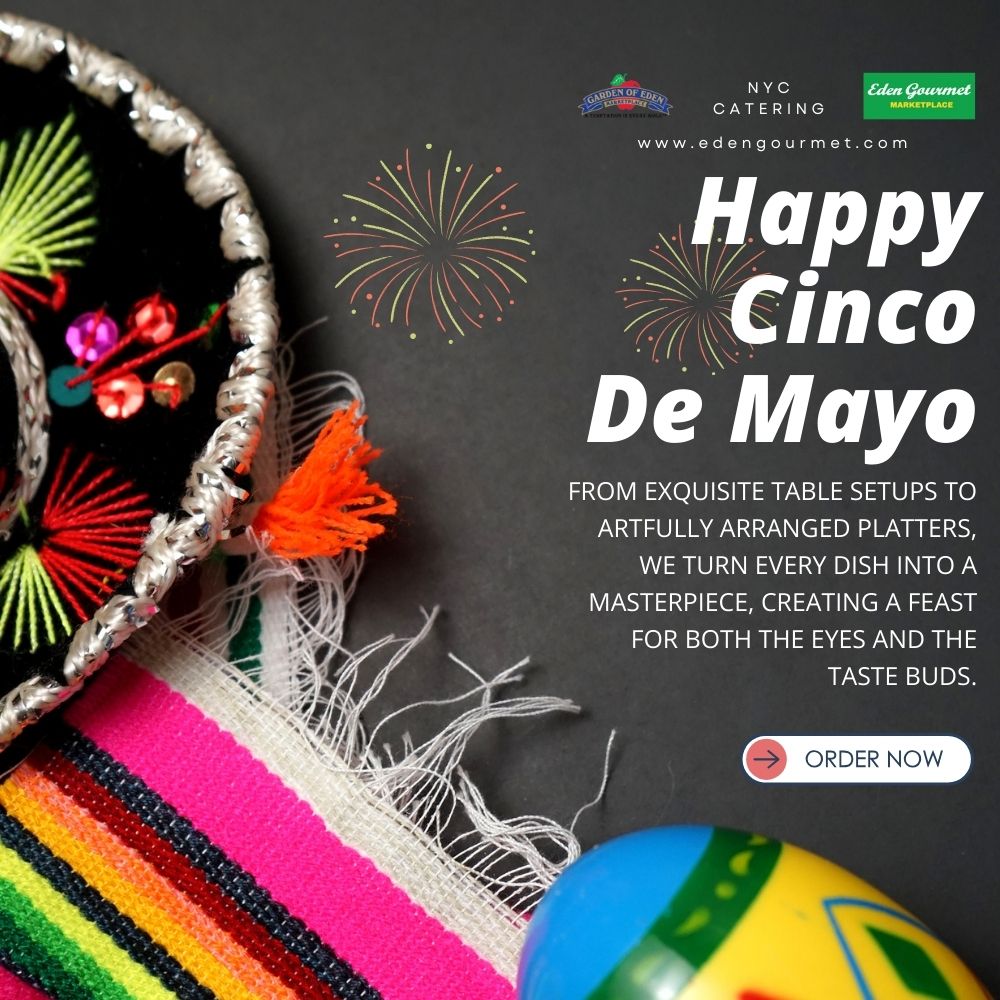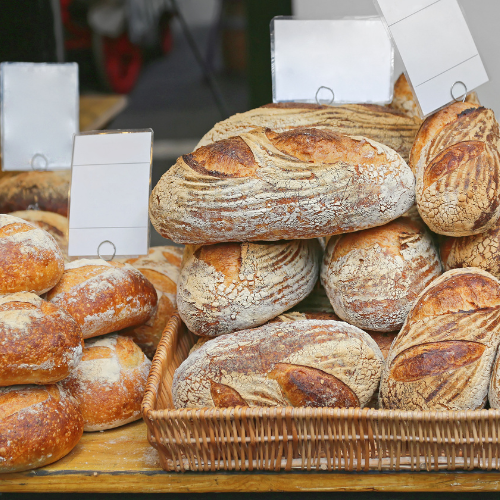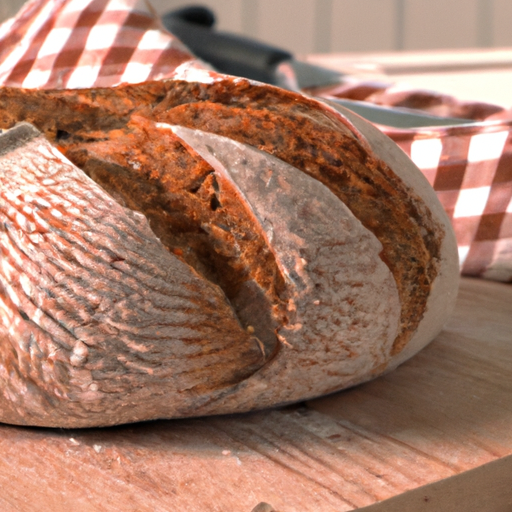Share This Story, Choose Your Platform!
Mastering the Art of Artisan Breads and Baked Goods: An Essential Guide
Artisan breads and baked goods have gained immense popularity in recent years, with more and more people seeking out high-quality, handcrafted products. Whether you’re a seasoned baker looking to expand your skills or a beginner eager to learn the art of bread-making, this comprehensive guide will provide you with all the information you need to master the craft of artisan baking.
The Fundamentals of Bread-Making
Before delving into the world of artisan breads, it’s essential to understand the basic principles of bread-making. The key ingredients in bread include flour, water, yeast, and salt. The process of making bread involves mixing these ingredients together, kneading the dough, allowing it to rise, shaping it, and finally baking it in an oven.
Choosing the Right Ingredients
When it comes to artisan breads, the quality of the ingredients you use can make a significant difference in the final product. Opt for high-quality flour, fresh yeast, and sea salt to ensure the best results. Experiment with different types of flour, such as whole wheat, rye, or spelt, to create unique flavors and textures in your bread.
Mastering the Techniques
Artisan bread-making involves a variety of techniques that can elevate your bread to the next level. From autolyse (allowing the flour and water to hydrate before adding yeast) to pre-ferments (such as poolish or biga), these techniques can enhance the flavor, texture, and shelf life of your bread.
Exploring Artisanal Techniques and Ingredients
One of the hallmarks of artisan breads is the use of traditional techniques and unique ingredients. Experiment with different types of grains, seeds, nuts, and dried fruits to add depth and complexity to your bread. Consider incorporating sourdough starter, a natural leavening agent made from flour and water, to create tangy and flavorful loaves.
Specialty Breads and Baked Goods
Artisan baking extends beyond traditional bread loaves to include a wide range of specialty products. Explore the world of sourdough baguettes, rustic ciabatta, flaky croissants, buttery brioche, and decadent pastries. Each of these products requires specific techniques and ingredients to achieve the perfect balance of flavor and texture.
Decorative Techniques and Presentation
In addition to mastering the art of bread-making, artisan bakers often pay attention to the visual appeal of their products. Experiment with decorative scoring techniques, such as intricate patterns or designs, to create visually stunning loaves. Consider using natural dyes, such as beet juice or turmeric, to add vibrant colors to your bread.
Summary
Mastering the art of artisan breads and baked goods requires a combination of skill, knowledge, and creativity. By understanding the fundamentals of bread-making, exploring artisanal techniques and ingredients, and experimenting with specialty products, you can elevate your baking to new heights. Whether you’re a home baker or a professional pastry chef, this essential guide will help you hone your craft and create delicious, handcrafted products that will delight your family, friends, and customers.

